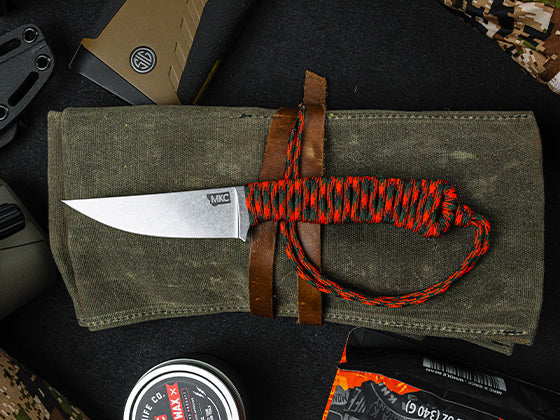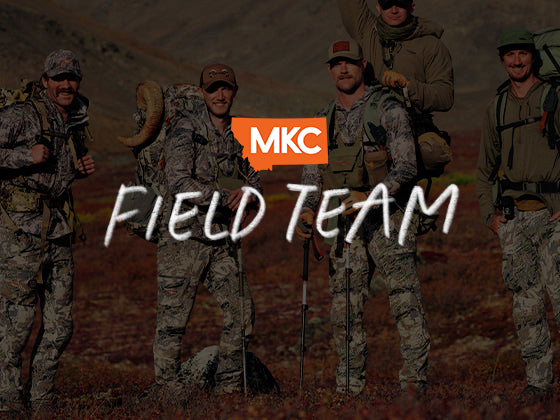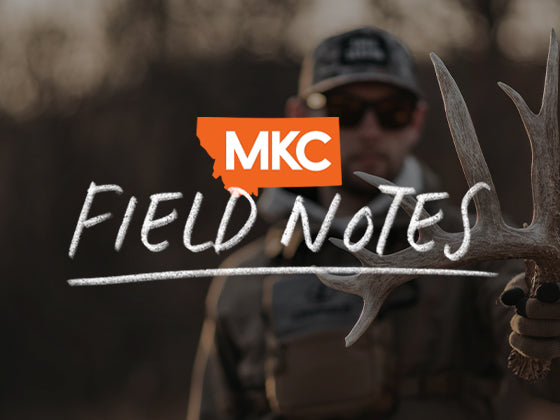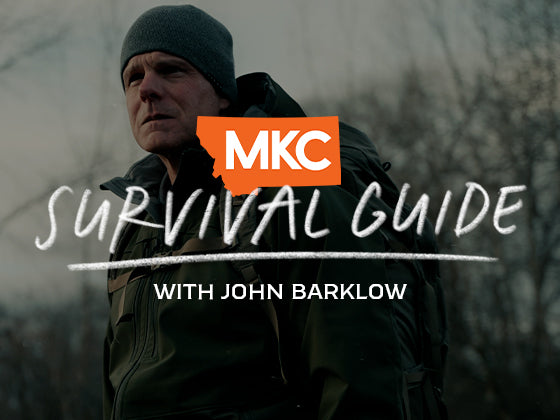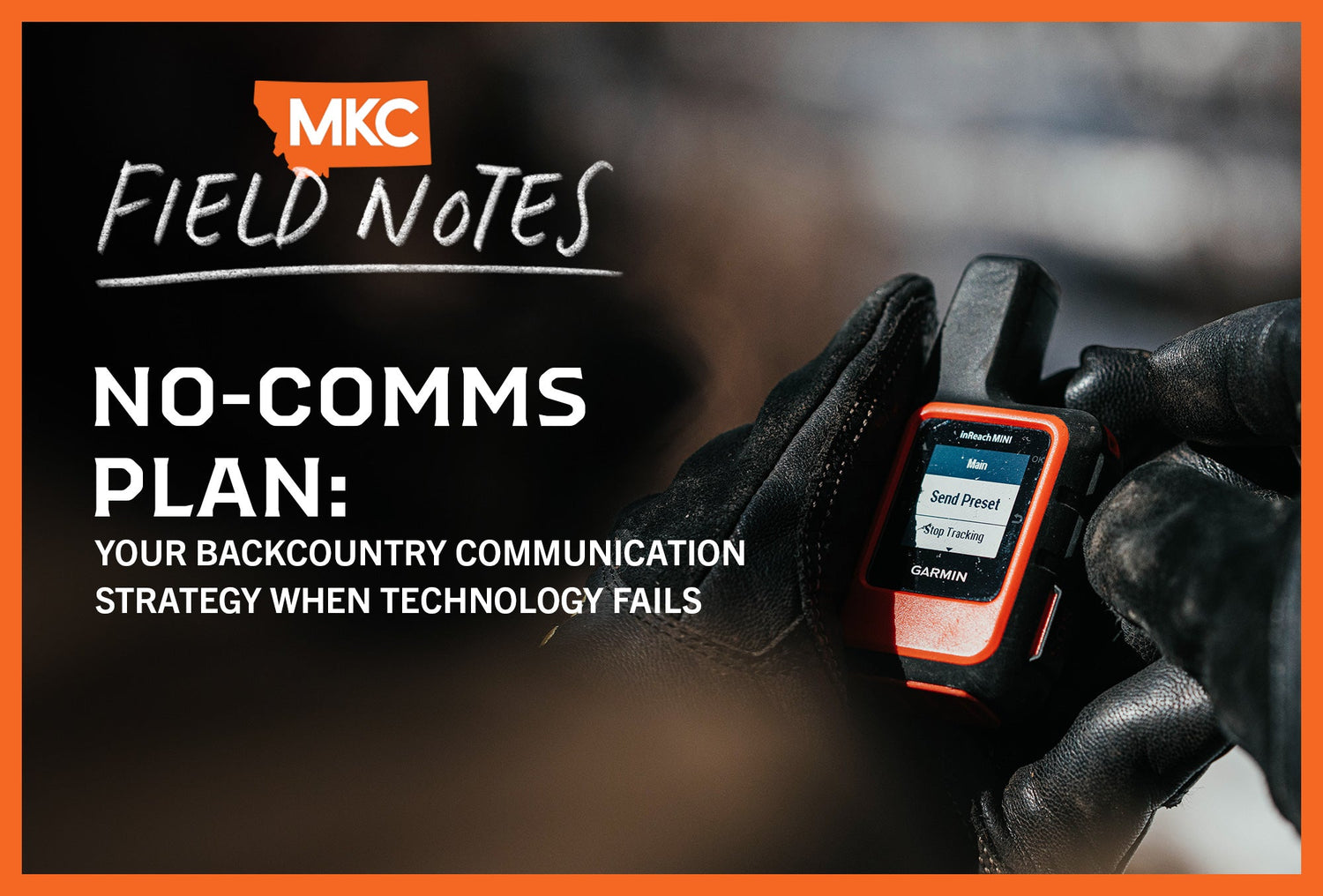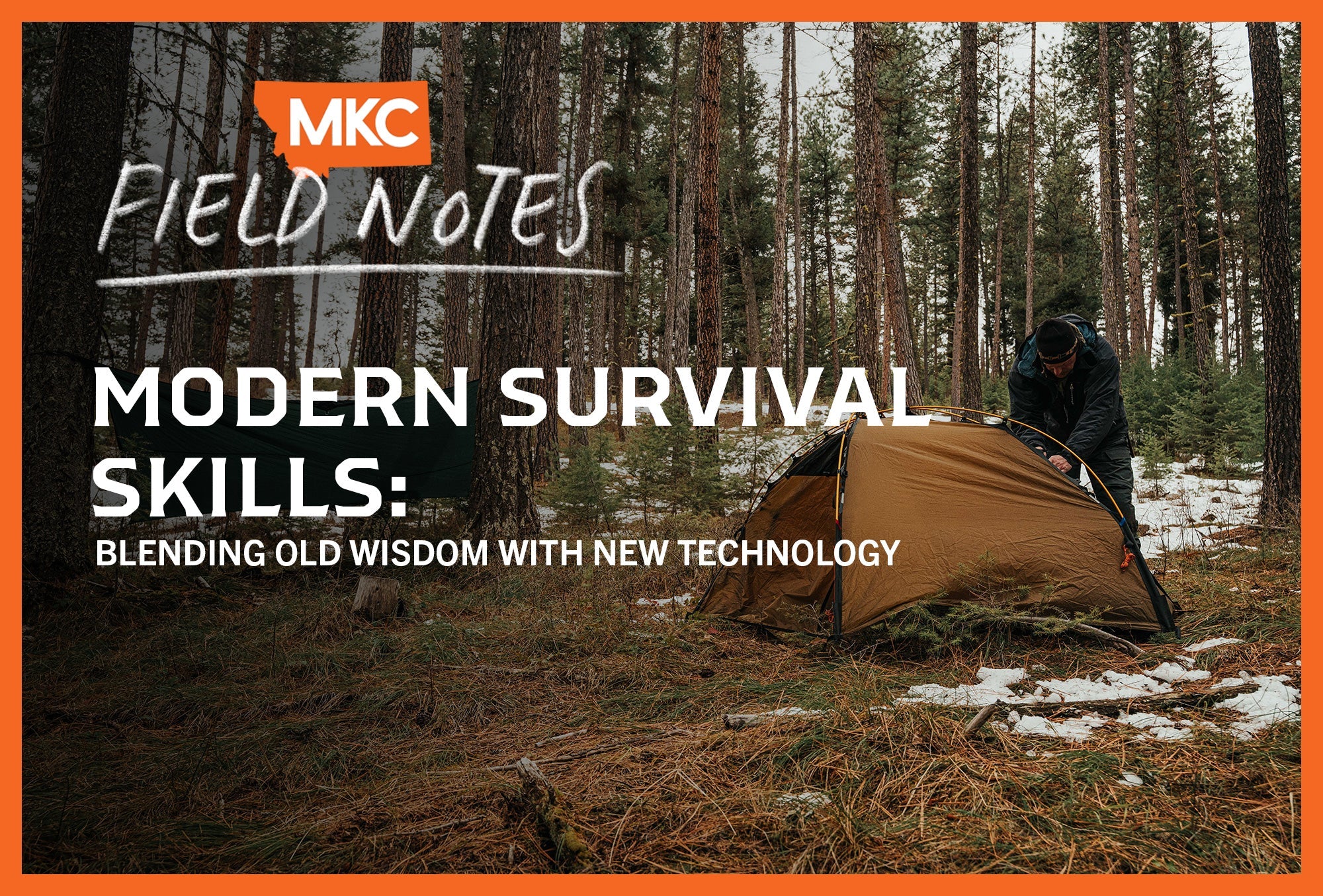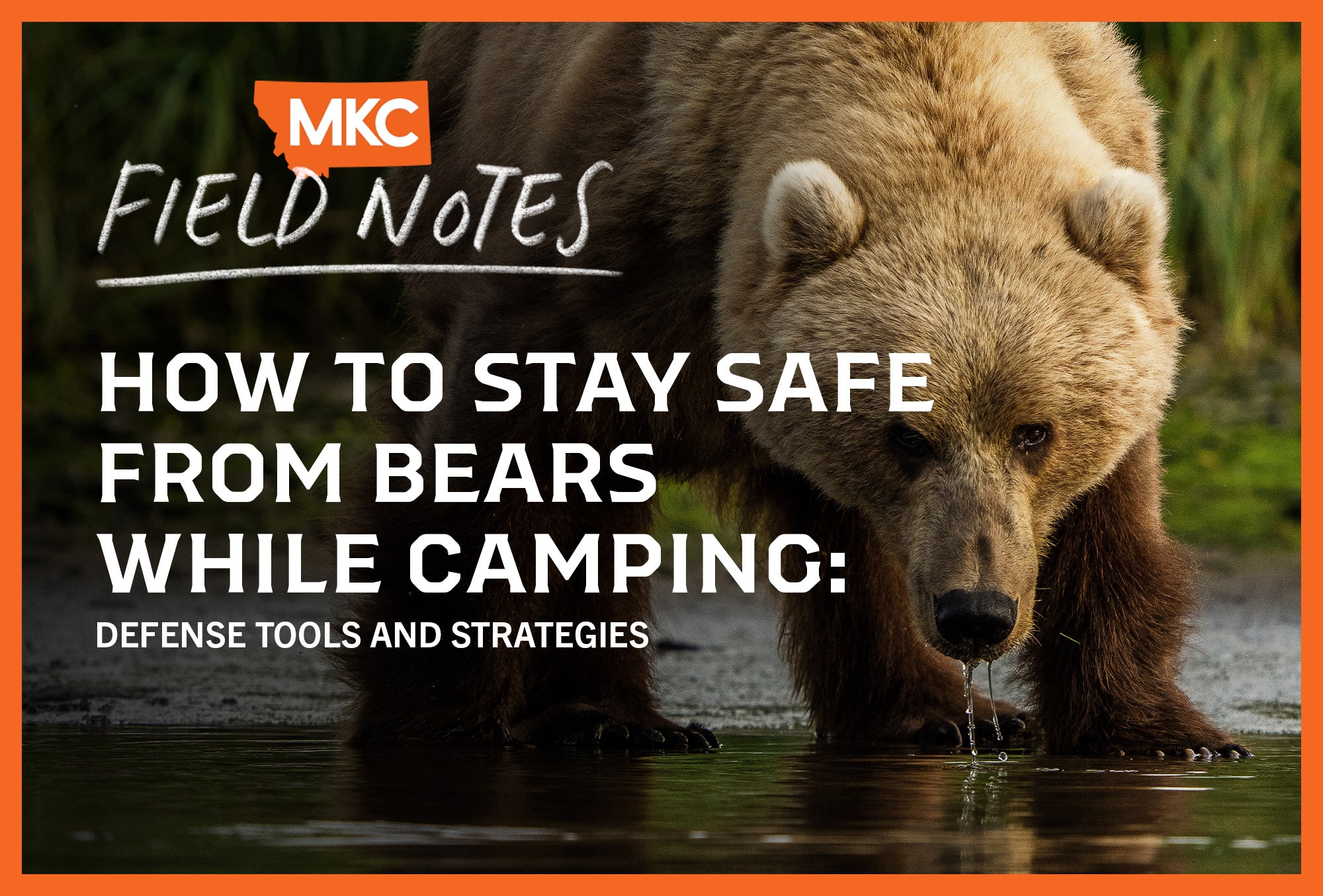In the backcountry, your hunting communication devices will fail when you need them most.
Modern technology works until it doesn’t. Cell phones lose service, satellite communicators malfunction, and radio batteries die.
Imagine you’re glassing while your buddy stalks a buck. You lose sight of him and can’t reach him because he’s down in a canyon without cell service.
Do you wait? Is he coming back? Meanwhile, he thinks, “Is my hunting partner still up there? Should I sit on this mule deer until dark?”
Smart hunters prepare for these inevitable failures. By establishing a backcountry communication plan — a no-comms plan — you save time, frustration, and lost opportunities without compromising your safety.

What Is a Backcountry Communication Plan?
A no-comms plan is a predetermined protocol you establish with your hunting partners and trusted contacts at home for situations when primary backcountry communication methods fail.

This simple prep:
- Saves hunting time and opportunities
- Prevents unnecessary worry and confusion
- Eliminates wasted search efforts
- Creates a safety net for genuine emergencies
The best backcountry communication plans work because they’re simple enough to remember under pressure yet detailed enough to provide clear direction in confusing situations.
Field-Based Backcountry Communication Plan: Keeping Your Hunt on Track
Your field-based backcountry communication plan addresses the immediate challenge of losing contact with hunting partners.
Here’s how to build one that works:
Establish Clear Meeting Points
Always designate unmistakable terrain features as rendezvous points:
- The glassing knob where you separated
- A specific river fork or creek junction
- A trail intersection or saddle
- Your vehicle or camp location
The meeting point must be obvious, unambiguous, and known to all parties.
Set Precise Timing Windows
Define exact times and waiting periods:
- Primary meeting time (e.g., “Meet at the ridge saddle at six o’clock.”)
- Buffer window (e.g., “I’ll wait 30 minutes past the meeting time.”)
- Secondary location time (e.g., “If we don’t connect by 6:30 p.m., I’ll head back to camp.”)
These timing windows create predictable movement patterns your partners can anticipate even without direct communication.
Determine Clear Decision Triggers
Specify what actions each person should take based on specific conditions:
- “If we don’t link back up at six o’clock, I’ll wait 30 minutes.”
- “If we don’t connect by 6:30 p.m., I’ll go back to camp.”
- “If you don’t come back to the truck that night, I’ll wait until morning.”
- “If you don’t return by morning, I’ll drive to the nearest town and activate our emergency plan.”
These decision triggers eliminate the paralysis that happens when hunters don’t know whether to wait, search, or get help.
Home-Based Backcountry Communication Plan: Your Critical Safety Net
Your home contact is your final safety backup. Before every backcountry trip, leave these details with a trusted person:
Detailed Location Information
- Exact trailhead name and coordinates
- Primary hunting drainage or basin
- Planned camping locations (with coordinates if possible)
- Vehicle description and license plate
Timeline Specifics
- Departure date and time
- Expected return date and time
- Buffer window before activating emergency procedures (12–24 hours typically works well)
Emergency Response Instructions
- Who to call first (search and rescue, local game warden, experienced hunting friends)
- Contact numbers for your emergency resources
- Location of your detailed trip plan and maps
Hunting Communication Devices: Why They’re Not Enough
Modern hunting communication devices create a false sense of security. Satellite messengers, cell phones, and two-way radios all have failure points:
- Battery depletion during cold weather
- Signal blockage in steep terrain
- Water damage during precipitation
- Physical damage from field impacts
These tools work wonderfully until they don’t — usually at the worst possible moment. Your no-comms plan provides the redundancy needed when technology fails.
The Freedom of Solid Backcountry Communication Planning
With established reconnection plans, you can:
- Pursue animals independently without constant check-ins
- Take advantage of fleeting opportunities without worry
- Make sound decisions under pressure
- Avoid unnecessary emergency calls
Relying solely on modern hunting communication devices like cell service or satellite communicators is a fool’s errand. The smartest hunters I know maintain strict communication protocols that don’t depend on modern technology.
Final Thoughts on Backcountry Communication
A strong backcountry communication plan is the foundation of backcountry safety.
Before your next hunt, take time to establish clear protocols both in the field and with your home contacts. You’ll hunt confidently knowing you can split up from your partners without second-guessing or constant check-ins.
by John Barklow, a Special Operations Survival Instructor and consultant who has spent decades teaching military personnel and civilians survival techniques in extreme environments.
























